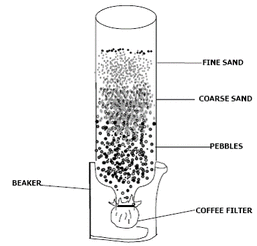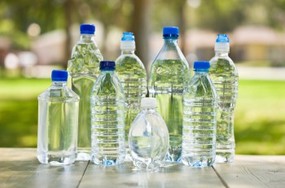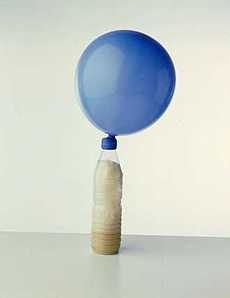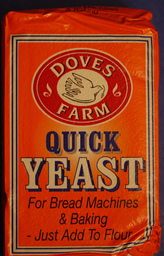Essential Question: How can we purify water from a filthy source to make it drinkable?
Lesson Summary: In this lesson students explored the purification process that transforms compost water into drinking water.
We learned about five different stages in the purification process:
1. Aeration
2. Coagulation
3. Sedimentation
4. Filtration
5. Disinfection
After expert testimony from students, the class participated in a filtration demo with rocks, sand, and a coffee filter attached to a bottle. Together we successfully (...sort of) filtered compost water into only slightly contaminated water.
Lesson Summary: In this lesson students explored the purification process that transforms compost water into drinking water.
We learned about five different stages in the purification process:
1. Aeration
2. Coagulation
3. Sedimentation
4. Filtration
5. Disinfection
After expert testimony from students, the class participated in a filtration demo with rocks, sand, and a coffee filter attached to a bottle. Together we successfully (...sort of) filtered compost water into only slightly contaminated water.
Demo setup
Waste water treatment video from class
Another from of purification, solar distillation, as shown by Bear Grylls from Man vs. Wild as he distills his own pee.




 RSS Feed
RSS Feed